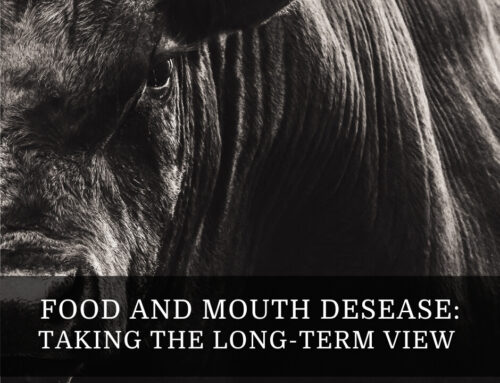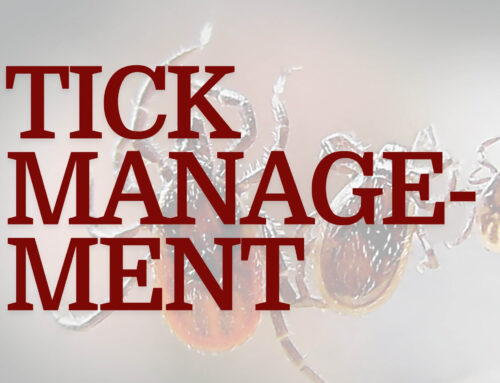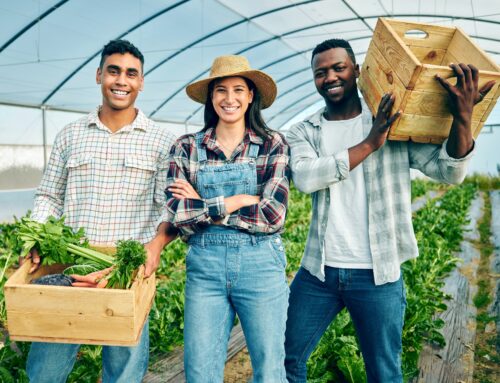Improving the outcome of calving season is critical for cattle farmers as it directly affects herd health, productivity and profitability. Thapelo Kgosi Ramokala of the Beefmaster Group shares some practical strategies to enhance success during this important time.
“The last two months before calving are probably the most crucial phase in the beef production cycle,” states Thapelo Kgosi Ramokala, animal health specialist at the Beefmaster Group. This is due to several reasons, including the growth of the foetus. “About 60 to 75% of the calf’s growth takes place during this time, requiring significantly more nutrients,” he says. “If the cow’s nutrition is inadequate, it can lead to low birth weight, weak calves and long-term health issues for the offspring.”
Ensuring optimal body condition
Ramokala believes the most important success factor in the calving season is the body condition of the cow. “Maintaining an optimal body condition score (BCS) is crucial. If the cow is undernourished, she may have insufficient energy reserves, leading to difficulties during calving (dystocia) and prolonged recovery,” he explains. “On the other hand, if she’s over-conditioned, this can also increase the risk of calving difficulties.”
The variation in BCS of beef cows has a number of practical implications. “The condition of cows at calving is associated with the length of postpartum anestrus (temporary infertility), subsequent lactation performance, as well as the health and vigour of the newborn calf,” Ramokala comments.
Cows must achieve an acceptable condition score in order to calve. “A body condition score of 3.5 is generally considered ideal,” he says. “The BCS score moves between 1 and 5, where a score of 1 is very thin and 5 is very fat.”
In addition, a cow’s body condition influences the number of infertile days after calving and the extent of the inter-calving period. It also affects her conception rate in the future. “I advise farmers to avoid body condition loss between calving and breeding season because the hormones that control fertility are closely linked to nutritional status,” he says. “After calving, it’s important for the cow to return to oestrus after 50 days to be able to calf every year.”
Getting nutrition right
Another important consideration is diet. “During pregnancy, the cow’s energy needs rise significantly to support both the growing calf and her own body’s preparation for calving,” he asserts. “Inadequate nutrition can lead to poor milk production, low colostrum quality and compromised maternal health.”
He notes that proper nutrition ensures that cows produce high-quality colostrum, which is critical for the calf’s immune system. “Colostrum protects the newborn calf from infections in the early weeks of life. It kickstarts the calf’s immune system and improves its chance of survival.”
Ramokala recommends trace mineral supplementation, especially calcium and magnesium, in late pregnancy to improve colostrum quality. “This is measured by the amount of immunoglobulins (antibodies) in the colostrum. The immunoglobulins are responsible for maternal immunity, which protects the calf against pathogens in the first phase of life.”
If the cow is not displaying good body condition, it’s important to start early with supplementation. “Condition cannot be increased overnight,” he emphasises. “If the BCS is less than 3.5 at eight weeks before the calving season, the nutrition needs to be drastically adjusted, especially if there are not yet good grazing conditions.” Providing good quality hay or silage and a production lick can help improve cows’ condition.
Achieving healthy weaning mass
According to Ramokala, if the cow has a well-developed udder and is in a healthy condition, she will be able to produce the maximum amount of milk. “In the first two months, calves are exclusively dependent on their mothers’ milk before their intake of grazing becomes significant,” he says. “At this time, their feed conversion ratio is also the best (1:1 to 2:1) and an optimal growth rate at this early stage can have a positive effect on weaning mass.”
The use of vaccines to protect calves from diseases is also advised. “Late pregnancy is the last chance before calving to administer specific vaccines,” he says. “This is the ideal opportunity to give vaccines aimed at supporting calf survival after birth.” He adds that vaccination works best when animals are in good condition and both their diet and trace mineral supplementation are optimal.
“The last two months before calving are so important, affecting a calf’s chances of survival,” he reiterates. “It also influences what happens to the calf and the cow after the birth process, as well as the success of weaning time and the coming breeding season.”
Ramokala recommends working closely with your veterinarian, nutritionist and grazing management advisor to ensure your cows are healthy and in good body condition before the calving season. “By taking these proactive steps, cattle farmers can improve the success rate of calving, promote the health of both cows and calves, and maximise their overall herd productivity,” he concludes.






